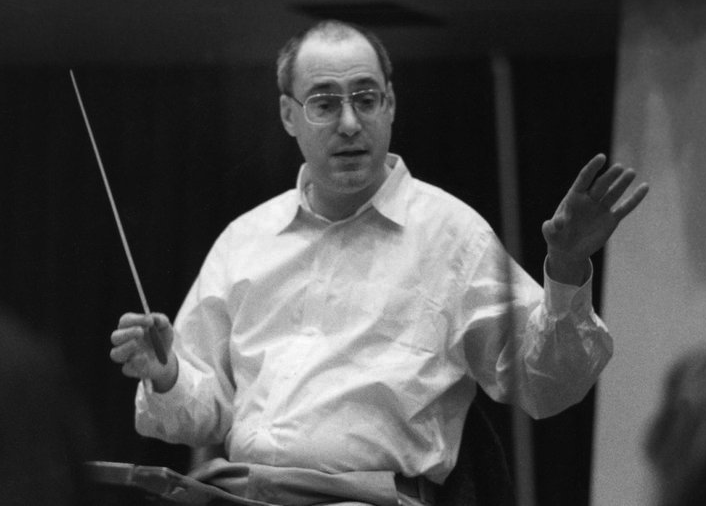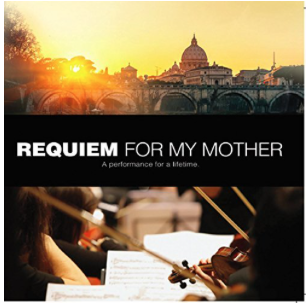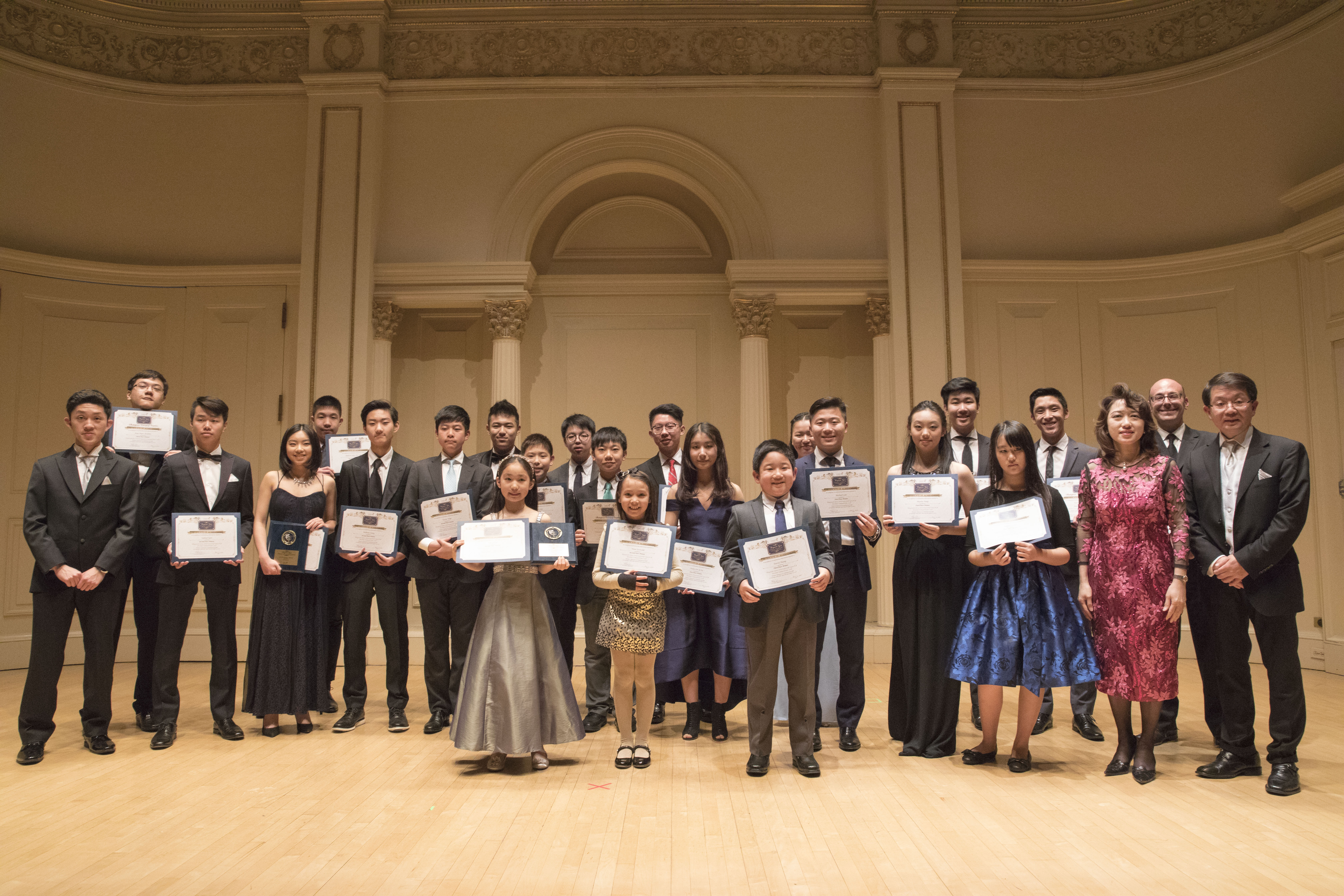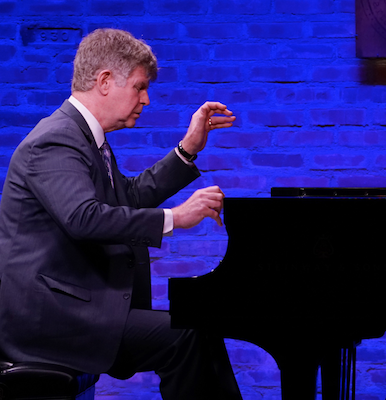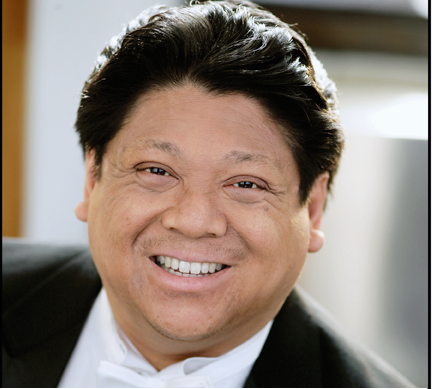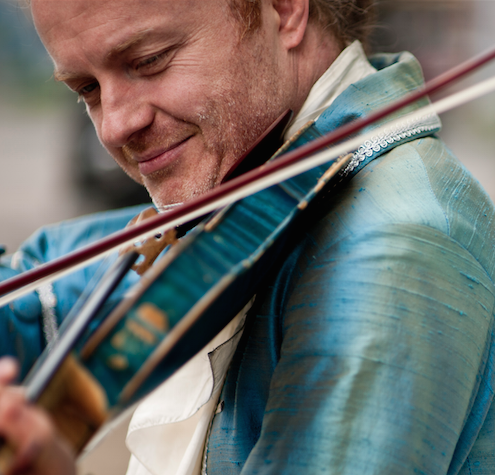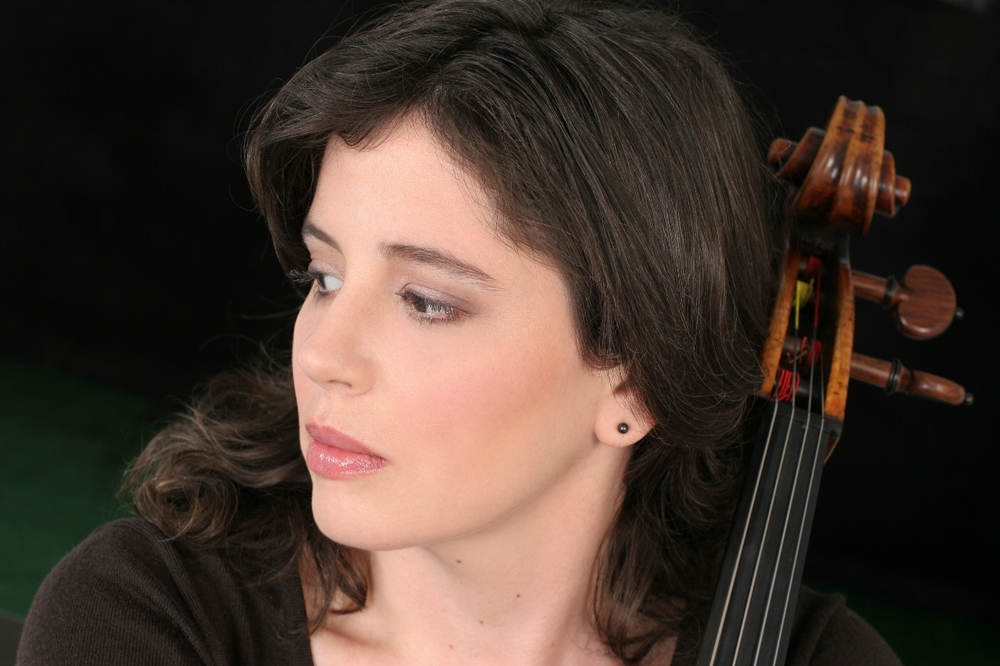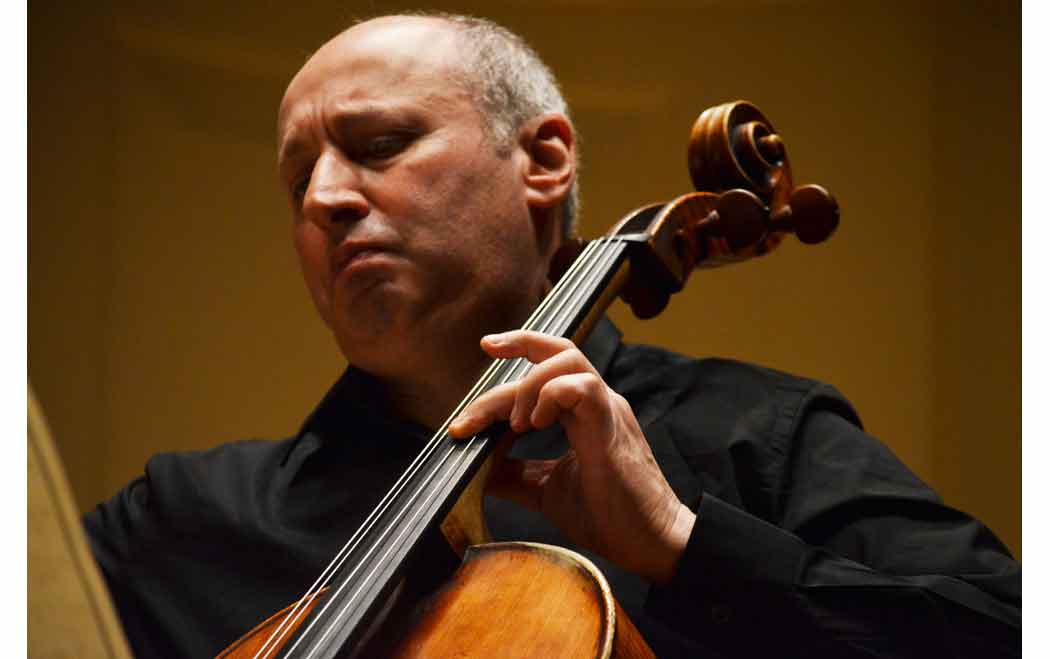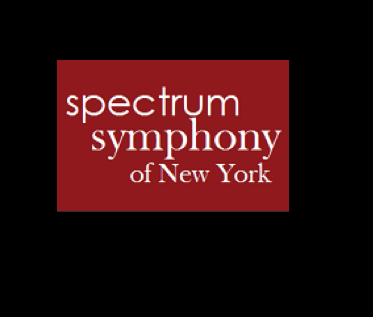Mechanistic Music: In Memoriam Paul Zukofsky
Aaron Likness and Andrew Zhou, pianists
Elebash Recital Hall, CUNY Graduate Center, New York, NY
October 12, 2017
The Paul Zukofsky Memorial Concert, entitled “Mechanistic Music,” took place at Elebash Recital Hall at CUNY’s Graduate Center in Manhattan, and was pre-arranged between tonight’s artists and the late Paul Zukofsky in the months before his death. The first step for this program transpired when Mr. Zukofsky showed the score for Craig Pepples’ Monkeys at Play to his life-long friend, the pianist Ursula Oppens, who in turn passed the score on to the piano duo of Aaron Likness and Andrew Zhou. As a result, the work was given its world premiere this evening, and with the ‘mechanistic’, yet light-hearted sounds, one could see why Mr. Zukofsky, who was often known for his dry wit, wanted the work performed. There are almost as many pauses as notes—well not quite—and yet these silences felt ironic at a time when Mr. Zukofsky himself was silenced (although certainly not forgotten). Pianists Aaron Likness and Andrew Zhou performed this work with an artistry that kept the audience entertained—during the interplay as well as the moments of quietude. I enjoyed the work, and it stands out as a unique and riveting piece of music that illustrates the range of the piano in addition to utilizing rhythmical intricacies to specifically evoke the sound of monkeys typing on algorithmic keyboards. The concept combines primitive and futuristic elements in a way that’s enlightening. My only criticism is that it felt like the material was overstated by work’s end and that it could use a cut.
Stravinsky’s Sonata for Two Pianos is strikingly one of his more lyrical works—surprising since its keyboard instrumentation might lead one to believe that we would get thornier, more percussive music similar to the Symphony in Three Movements or Petroushka. The playing by Mr. Likness and Mr. Zhou was extraordinarily expressive, conjuring up the lush sounds of harps and strings. Stylistically and harmonically present were the Neo-Classical qualities of Pulcinella. The Ives work on this program, Impression of the St. Gaudens in Boston Common, the piano version of what became the first movement in the orchestral work Three Places in New England, is unique for its polytonality, lush harmonic palette (with an abundance of pedaling creating a wash of sound) and—oddly enough—a blues-like ostinato bass line during its solemn Civil War-march passages. Mr. Likness gave it a hauntingly beautiful solo performance.
During his last months, Paul Zukofsky suggested some other pieces for the program. According to composer Craig Pepples, Mr. Zukofsky hesitated before adding Satie’s “Cinema” from Relache to the program, with its outrageous insertion of Chopin’s funeral march, but after thinking about it, he finally pronounced it “wonderfully cheerful”. The piece (for one piano, four hands and arranged by Milhaud), with its extreme, predictable repetition, was originally a surrealist ballet with a cinematic interlude. The annoyingly repetitious strands, with its banal 8-bar phrases, seems exclusively suited to the cinema or ballet, but it may be this kind of drawn-out, simplistic humor that Mr. Zukofsky wanted to leave us with—a sort of eternal frolic. This Satie is opposite of Mr. Zukofsky’s taste in the complex, irregular modern scores he championed. Maybe he wanted the last laugh.

